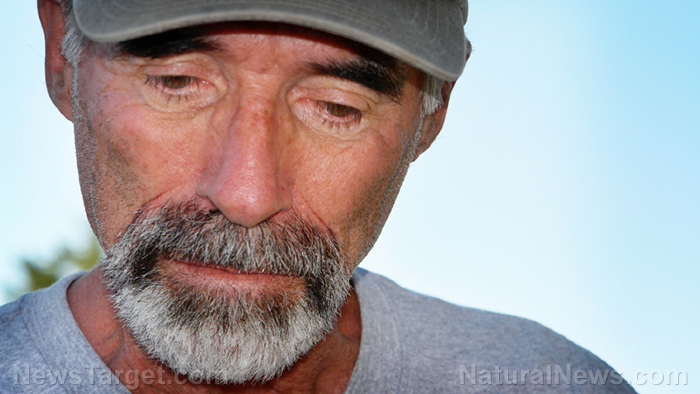
More and more older Americans are experiencing food insecurity
Thursday, March 29, 2018 by Isabelle Z.
http://www.starvation.news/2018-03-29-more-and-more-older-americans-are-experiencing-food-insecurity.html

When we see the statistics about overweight Americans and the huge portions of food that are now considered “normal,” it’s easy to forget that some people in this country are going hungry. In fact, food insecurity is a particularly big problem among older adults in the U.S., and it’s only expected to get worse.
The USDA defines food insecurity as lacking consistent access to sufficient food to fuel an active and healthy life. According to a study carried out by the Institute for Health Research at Kaiser Permanente in Colorado, this problem is growing among our nation’s elderly population.
The researchers looked at information from a health survey taken by more than 50,000 older American adults from 2012 to 2015 as part of Medicare Annual Wellness Visits. Nearly 3,000 respondents said that they don’t always have the money to buy enough food. It’s most common among those aged 75 to 84, with 6.2 percent experiencing food insecurity, while those 85 and over experienced it the least at 4.8 percent. Meanwhile, more than a quarter of people who have both Medicare and Medicaid are food insecure.
Women and people who do not have a partner or spouse were more likely to report food insecurity, as were those who use alcohol or tobacco. It’s also a problem among people who have been diagnosed with depression, diabetes or high blood pressure. In addition, those who had been to an emergency room, hospitalized, or lived in a nursing home during the year prior to the survey were more likely to report food insecurity.
The study also uncovered a few other groups that are vulnerable. Food security was seen in more than 10 percent of those with dental or oral problems; fair or poor health or quality of life in general; no one to call for help; a poor diet lacking in fruits and vegetables; and trouble eating, bathing, dressing or performing daily tasks.
The researchers would like to see new methods emerge to better identify older adults in need and connect them with food resources in their community.
It’s not just the elderly who are suffering; in 2016, food insecurity affected one out of every eight Americans, which equates to 42 million people including 13 million children. This is a huge problem that has an impact on every community in the nation.
Could you find yourself experiencing food insecurity?
Food banks do amazing work in helping people in need, but one good solution to food insecurity is teaching people how to grow their own food. Home and neighborhood gardens are excellent ways to give people better access to nutritious fruits and vegetables, and it’s surprisingly easy to grow your own food even if you don’t have lots of land at your disposal. It’s not an immediate solution, but it is one that can provide food reliably over the long term once the plants have been established.
In fact, starting to grow your own food is a smart move even if your finances are solid and your neighborhood is full of supermarkets. You never know when food insecurity could become a problem for you – take a look at what happened in Venezuela – so it’s also a good idea to stock up on storable food when things are going well rather than waiting until disaster strikes.
Solutions like the Ranger Bucket Organic Emergency Storable Food Supply give you peace of mind that you’ll have organic and non-GMO food on hand to get you through a natural disaster or any other emergency.
Sources for this article include:
Tagged Under: Tags: badfood, elderly, emergency food, food banks, food insecure, food insecurity, food security, food supply, gardening, groceries, hunger, storable food





